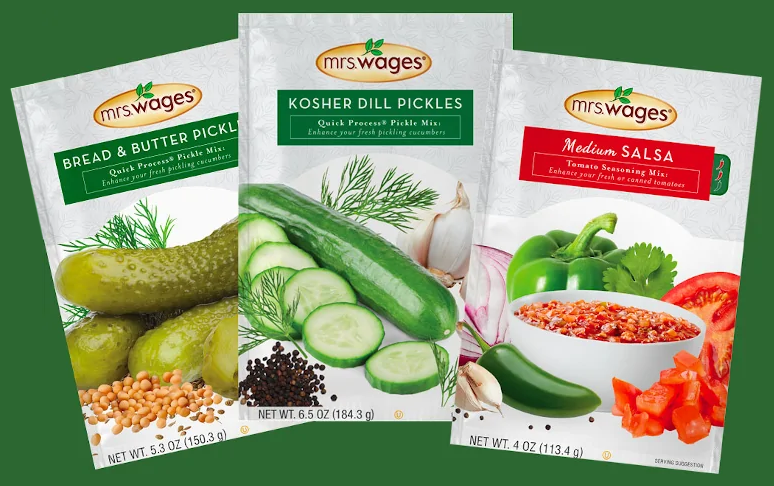Having pre-made canned salsa in your pantry can be a huge lifesaver, especially if you have unexpected guests or your friends decide to crash at your place at the last moment.
Take out a jar and use it as a dip with tortilla chips or make burrito bowls for your family and friends!
However, if you want the perfect salsa available anytime you need it, you’ll have to learn how to prepare and can it the right way.
Here’s how to do just that:
Canning Salsa – A Quick Guide
Packing up your salsa in cans is really easy, and with the right equipment, the entire process can even be fun.
When buying salsa ingredients like tomatoes, chilies, jalapenos, onions, apple cider vinegar, cilantro, garlic, and other seasonings, make sure you also buy jars, lids, and a water bath canner.
First, sterilize the jars and lids in a pot of boiling water – the same pot will be used later in the recipe for water bath canning.
While the sterilized jars dry, take your time to cook up that perfect salsa recipe and let it simmer for some time. Or better yet use Mrs. Wages® salsa mix packets!
Once the salsa is ready, pour hot salsa into clean hot pint canning jars, leaving ½-inch headspace. Remove air bubbles, wipe rim and cap each jar as it is filled. Process jars for 40 minutes* in boiling water bath canner. Turn off heat, carefully remove canner lid, and let jars stand for 5 minutes in canner. Remove jars. Let jars sit undisturbed to cool at room temperature for 12 to 24 hours.
Now if the salsa contains low acid foods like chilies, you’ll either have to pressure can the jars or add enough acidity to prevent the growth of bacteria.
If you want to use the water bath canning method, add vinegar to the salsa for additional acidity to it and to protect it from harmful bacteria.
Now, we are going to address queries that are often faced while canning salsa.
FAQs
Do You Have To Cook Salsa Before Canning?
Yes, otherwise, if you can raw or fresh salsa, you will have to process it for a longer time than cooked salsa. This will take much longer, so it is better to cook the salsa before canning.
How Do You Preserve Salsa?
Salsa is a mix of low acidic and high acidic foods. So, you need to follow a credible and tested recipe if you’d like to preserve salsa instead of experimenting with it. The proportions of ingredients used can help determine the type of canning method.
If the pH of the salsa is less than 4.6, the boiling water canning method should be used, but if the mixture is less acidic, then pressure canning will become necessary to prevent bacterial growth.
Is It Possible To Can Salsa Without Cooking It?
Yes, salsa can be canned before cooking it. But for that, you need to ensure that it has enough acid to lower the pH. Also, the raw or fresh salsa will be cooked anyway during the heat processing or water bath.
Canning it without cooking will preserve the texture of fresh salsa if you prefer it.
Can You Water Bath Salsa?
Yes, you can and should water bath salsa as it creates a tight vacuum seal that ensures pathogens do not enter the jar. Also, it takes care of those microbes that are not affected by acid levels.
* Processing time listed is for altitudes less than 1000 feet. At altitudes of 1000 feet or more, increase processing time 1 minute for each 1000 feet of altitude.




